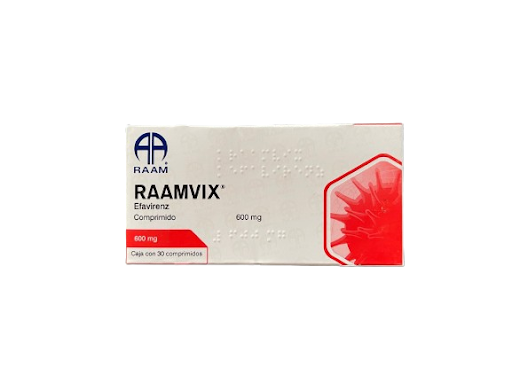Hair loss is one of the most common cosmetic concerns affecting both men and women. People often consider two main solutions: hair transplants or wigs. At first glance, both options may seem similar as they cover baldness, but in reality, they are very different. Many people exploring options like Hair transplants in Islamabad want to understand how this method truly differs from wigs in terms of results, durability, and natural appearance. To make the choice easier, let’s break down the differences.
What Are Hair Transplants?
Hair transplants are surgical procedures where hair follicles are taken from the donor area (usually the back or sides of the head) and transplanted into the thinning or bald areas. Since the transplanted follicles are natural, they grow just like normal hair. This makes the outcome permanent, natural-looking, and integrated into a person’s lifestyle.
What Are Wigs?
Wigs are artificial or natural hairpieces that are worn on the scalp to cover baldness. They do not require surgery and can instantly provide coverage. However, wigs need regular maintenance, replacement over time, and sometimes cause discomfort.
Table 1: Basic Comparison Between Hair Transplants and Wigs
| Feature | Hair Transplants | Wigs |
|---|---|---|
| Nature | Surgical, uses natural hair | Non-surgical, external hairpiece |
| Longevity | Permanent, lifelong growth | Temporary, requires replacement |
| Maintenance | Normal hair care | Frequent cleaning, adjustments |
| Appearance | Natural, blends with real hair | Can look artificial if not fitted |
| Comfort | Feels like natural hair | May cause heat or itching |
How Do Hair Transplants Work Differently from Wigs?
The key difference lies in how the solution interacts with your scalp and hair growth. Hair transplants restore real hair by redistributing existing follicles. Wigs, on the other hand, only cover baldness without stimulating or restoring hair growth.
-
Growth: Hair transplants allow new hair to grow naturally, whereas wigs remain static.
-
Scalp Health: Hair transplants keep the scalp breathable, but wigs can sometimes trap heat and sweat.
-
Durability: Transplants last for a lifetime, while wigs wear out over time.
Why Are Hair Transplants Considered More Natural?
Hair transplants use your own hair, so the result is virtually indistinguishable from naturally grown hair. Unlike wigs, which can sometimes shift, detach, or appear artificial, transplanted hair blends seamlessly and grows just like the rest of your hair.
Table 2: Practical Differences in Daily Life
| Factor | Hair Transplants | Wigs |
|---|---|---|
| Styling Options | Can cut, color, and style freely | Limited styling flexibility |
| Physical Activities | No restrictions after healing | May slip during exercise/swimming |
| Long-Term Investment | One-time procedure, lifelong growth | Recurring cost for new wigs |
| Confidence Level | High due to natural look and feel | May cause self-consciousness |
Queries: Do Wigs Have Any Advantages Over Transplants?
Yes, wigs can be useful for people who are not suitable candidates for surgery or those who need an immediate, non-invasive solution. They are also a good short-term option for people undergoing treatments like chemotherapy.
Queries: Who Is the Right Candidate for Hair Transplants?
Not everyone qualifies for a transplant. The best candidates are those with stable donor hair on the back or sides of the scalp. A healthy scalp and realistic expectations are also necessary.
Queries: How Long Does It Take to See Results After Hair Transplants?
Hair growth usually starts a few months after the procedure, with full results visible in 9–12 months. Patience is key, as the transplanted hair grows gradually.
Queries: Which Option Provides More Confidence?
Most individuals report that hair transplants give them higher confidence levels because the results are natural, permanent, and maintenance-free. Wigs can sometimes cause insecurity if they do not match well with natural hair.
Conclusion:
Both hair transplants and wigs serve the purpose of addressing baldness, but they work in entirely different ways. Wigs provide a quick, temporary fix, while transplants offer a permanent, natural solution. For those who want lifelong results and the freedom to style their hair normally, transplants are often the better choice. On the other hand, wigs may still be helpful for temporary or medical reasons. Ultimately, the choice depends on personal needs, health conditions, and long-term goals.




